It was about time to create a new Gear page—a complete overview of my cameras and lenses. There are quite a few of them, but each one is part of my learning journey, and they all still serve a purpose. When I first started building this “collection,” I hesitated a lot—bought, sold, and then re-bought. Eventually, I realized that either I would use them myself, or I’d use them to teach my grandchildren photography.
Is it an expensive collection? Surprisingly, not really. I always hunt for the best deals and take my time with purchases. When I add up what I’ve spent on everything—from an Olympus Pen F to an E-M1X and all the other cameras—it’s roughly equivalent to what I paid for my latest purchase, the new OM-1 Mark II. So, for the entire gear set, it’s about the cost of two new camera bodies.
Each camera I’ve kept serves a specific purpose, and their combinations make photography easier for me. Plus, some of these cameras are dedicated to teaching my grandchildren. These cameras are theirs for a while, until they pass them down to younger siblings and move on to more advanced gear.
At the moment, my grandchildren use three cameras: a Fujifilm Finepix AV100, an Olympus TG-3, and an original Olympus E-M10. I have plenty of lenses they can borrow, but the E-M10 usually has the Olympus 14-150mm or Lumix 12-60mm mounted on it. However, their favorites are the Tough series cameras, particularly the TG-3 and TG-4.
Since they’re still quite young, the M10 is sometimes too advanced for them. But when the eldest turns 12, I plan to introduce the E-M10 MKII. It’s a camera that offers almost all the features needed to learn photography and achieve great results. That’s also when I’ll start teaching them the basics of photography through manual settings. For now, they’re still using full automatic mode.
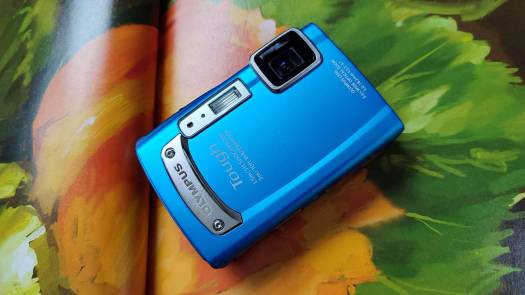
The Olympus TG-320
This is my (one of) Everyday Camera. It’s so small and light that there’s no excuse not to carry it with you. It’s a Tough Camera, making it perfect for any occasion.
The Olympus TG-5
Usually, I carry a tough camera alongside my mirrorless camera with a long telephoto lens. This durable camera is very versatile, great for macro and landscape photos. I often take it with me on bike rides to snap some pictures along the way, keeping it handy in my jacket or chest pocket.
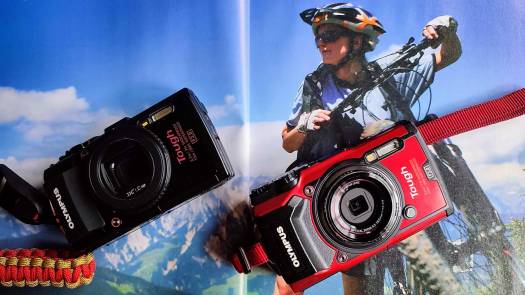
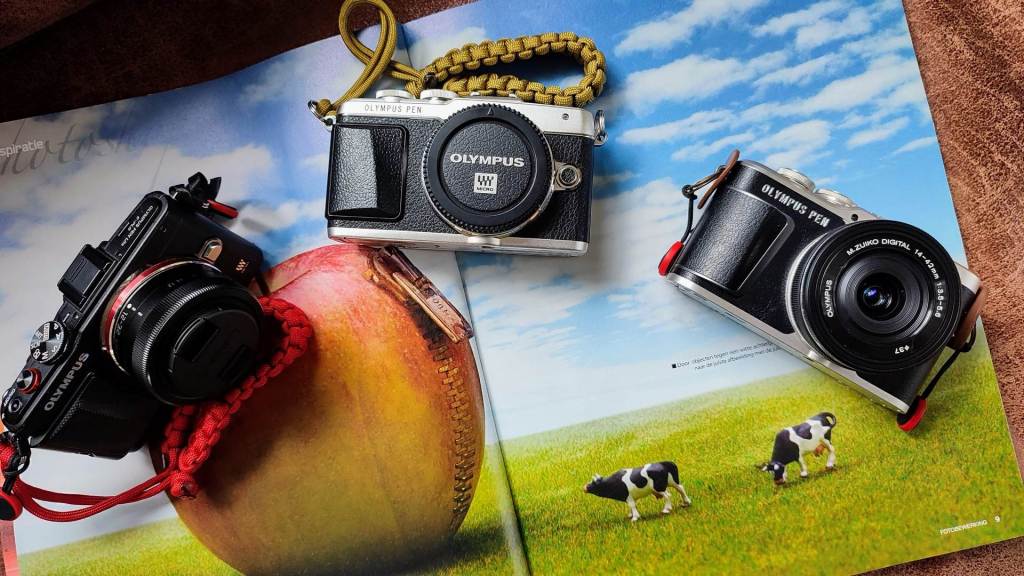
The Olympus E-PL 6 – 7 – 9
When I need a small and compact universal kit, I love pairing these cameras with the Lumix 12-32mm and 35-100mm lenses. This combination gives you a 24-200mm range equivalent to a 35mm full-frame in a super small and lightweight package.
The Olympus E-M10 MK IV & E-M5 MK III
Both are fantastic as a second camera alongside the E-M1X or OM-1 Mark II. However, they also shine on their own, especially when paired with lenses like the Leica 100-400mm, Lumix 100-300mm, or Olympus 12-200mm. This combination creates a compact and lightweight bird and wildlife photography kit—perfect for cycling adventures!
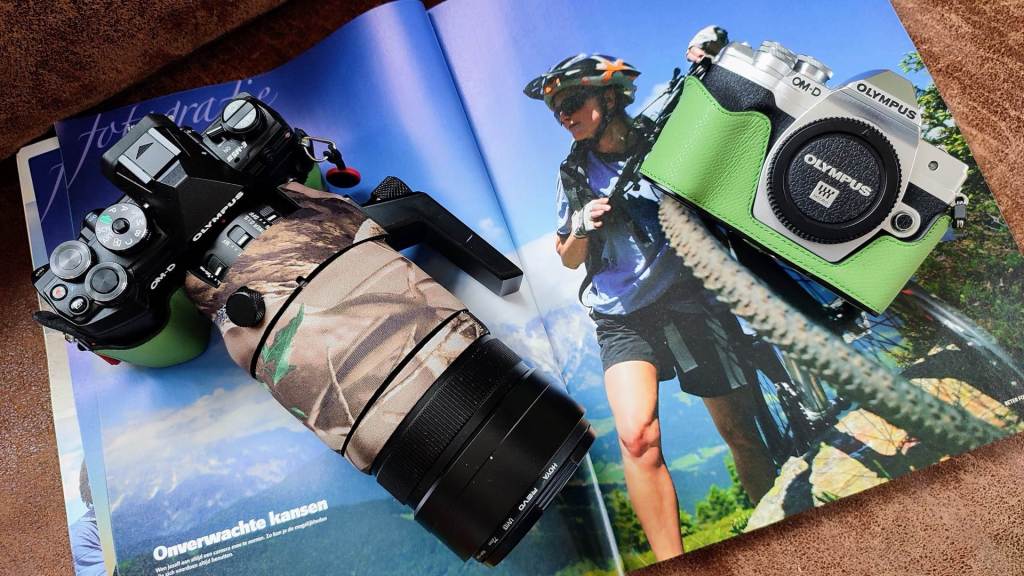
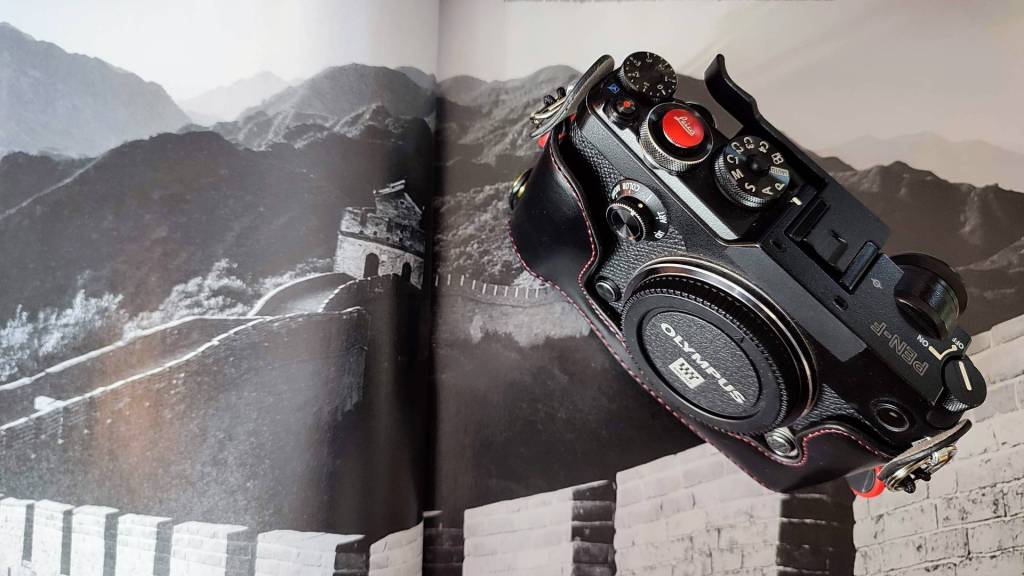
Olympus Pen-F
My rangefinder style camera, the Olympus Pen-F is perfect for those distinctly Artistic moments. It’s a must-have for city trips and architecture, as well as street photography and portraits.
With its Color Creator capabilities and paired with a Rokkor lens, this camera can create that classic Leica atmosphere.
The Olympus E-M1X
I love using the E-M1X ! it’s a great camera for bird and wildlife, airshows and sport events, and as a video camera.
I also like to take it with me for architectural shots, studio and gallery work, and even on the street to capture artistic scenes and graffiti.
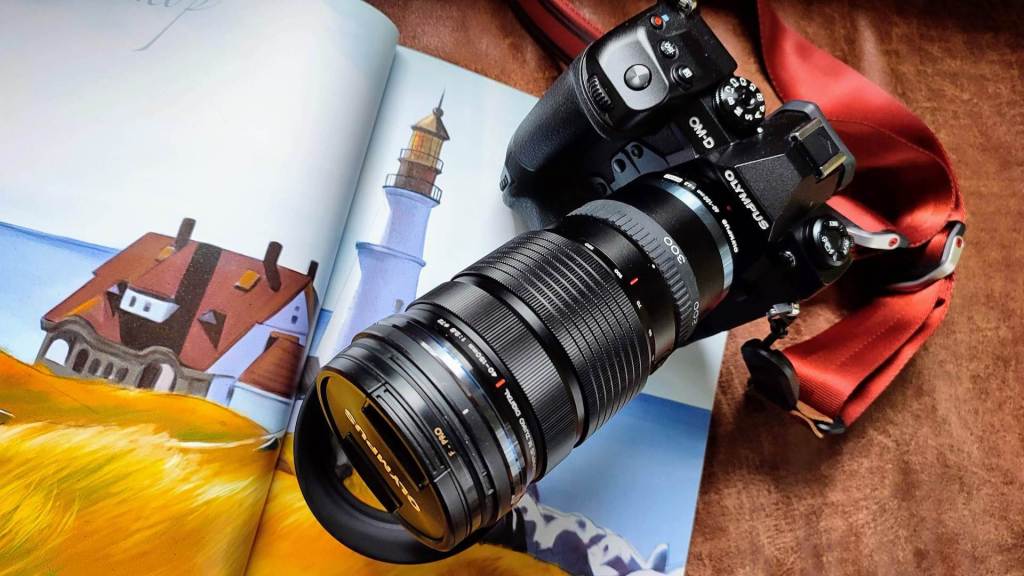
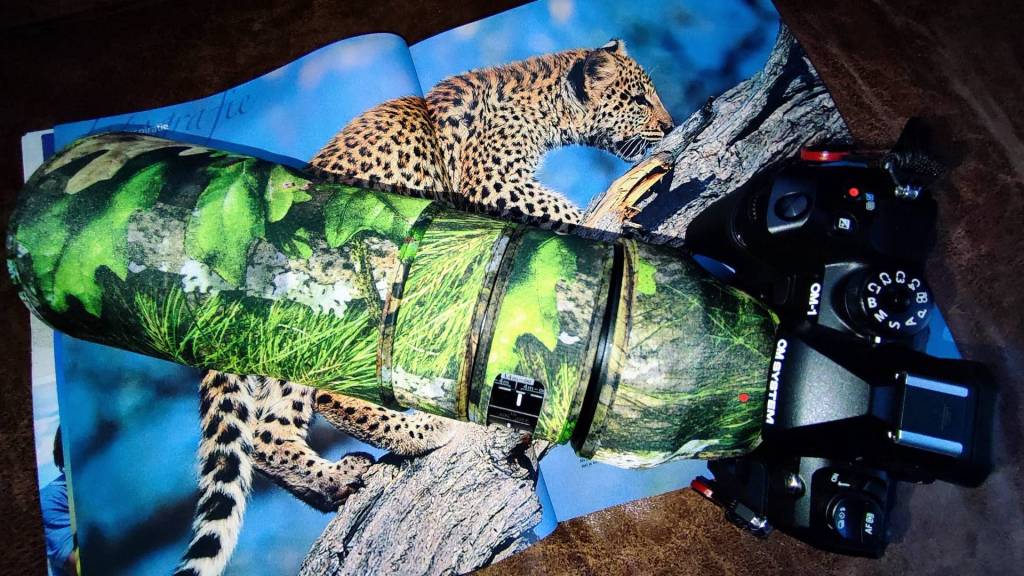
OM System OM-1 Mark II
The OM-1 Mark II is my main camera for bird and wildlife shots. I usually pair it with the Olympus 300mm f4 Pro or the 100-400mm lens, along with the MC-14 and MC-20 teleconverters for extra reach.
Leica T type 701
The Leica T type 701, with interchangeable lenses, is the most affordable camera truly worthy of the Leica name. Initially misunderstood and disliked, this camera has, over the years and after many updates, evolved into a highly capable camera – One that, in comparative tests, even scores better than the legendary Leica M !
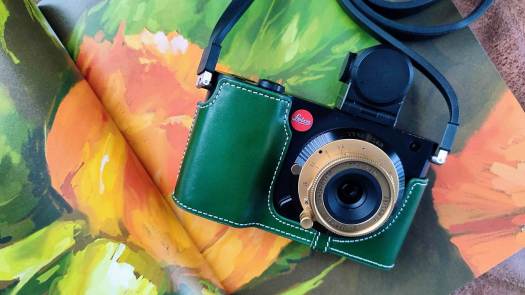
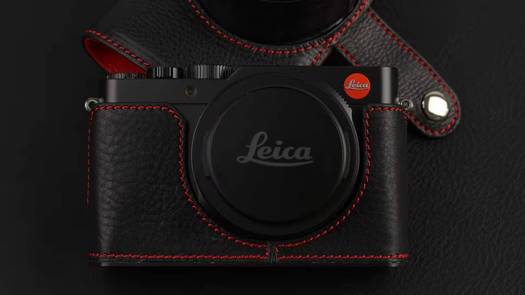
Leica D Lux type 109 and Olympus E-M1 MKIII
The Leica D-Lux, often referred to as the “Baby Q,” is a compact camera inspired by the legendary Leica Q. It serves multiple purposes—sometimes as a reliable second camera, but also as the perfect choice for those moments when I prefer to travel light without carrying a larger camera with interchangeable lenses.
Meanwhile, I’ve decided to bring my older Olympus E-M1 MKIII out of retirement. I had put it up for sale, but since I bought it brand new just two years ago and it’s barely used, I found the second-hand prices far too low. Instead, I figured it would be better to put it back into action, and it’s now serving as my dedicated macro camera.
Lumix DMC-G81M
My very first Panasonic camera – I mainly use it for making 4k video.
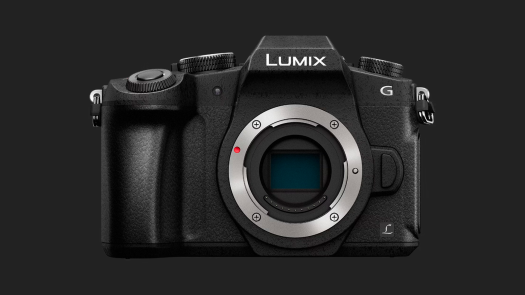
Lenses:
Of course, these cameras come with lenses. Below, you’ll find the main ones I use. I also have several lenses for the “kids’ cameras,” some that are used less frequently, and a few that are set to be sold.
- Olympus 300mm f4 Pro M4/3 – and MC-14 & MC-20 teleconverters
- Olympus 100-400mm f5.6-6.3 M4/3 – compatible with MC-14 & MC-20
- Lumix Leica DG 100-400mm f4-6.3 M4/3
- Olympus 40-150mm f2.8 Pro M4/3
- Olympus 12-40mm f2.8 Pro M4/3
- Olympus 12-45mm f4 Pro M4/3
- Olympus M.Zuiko Digital 9-18mm f/4,0-5,6 ED
- Lumix 100-300mm M4/3
- Lumix 7-14mm f4 M4/3
- Panasonic 12-32mm f/3.5-5.6 Mega OIS (very tiny)
- Panasonic 35-100mm f/4-5.6 MEGA OIS (extra small)
- Panasonic 12-60mm Power OIS (new for Lumix G81)
- Lumix S 20-60mm Leica mount
- Lumix S 14-28mm Leica mount
- Leica Super Vario Elmar 11-23mm L mount
- TTArtisan 28mm f5.6 Leica mount
- Mitakon 28mm f5.6 Leica mount
- Laowa 10mm f4 cookie Leica mount
- TTArtisan 7.5mm f2.8 Leica Mount
- SG-Image 12mm f2.8 Leica Mount
- SG-Image 25mm f1.8 Leica Mount
- SG-Image 35mm f1.2 Leica Mount
- SG-Image 50mm f1.4 Leica Mount
And also some vintage Minolta Rokkor and Olympus OM lenses.
Various lens/camera adapters TTArtisan, K&F Concept and Pixco Speed Boosters
Final Word:
To remove all doubt, for me, nothing beats Olympus/OM System cameras and lenses for bird and wildlife photography. The cameras are fantastic, the stabilization is out of this world, and the extra crop factor makes the system ideal for this type of photography. With these cameras, you can shoot handheld at extreme focal lengths, which would be much more difficult and expensive with other brand camera systems.
Leica, on the other hand, is a more recent discovery for me. The slightly smaller crop factor makes it particularly appealing for landscape, architecture, and reportage photography. But what truly draws me to Leica is its out-of-camera JPEG quality – especialy it’s black and white output. You sometimes hear this said about other brands, but Leica’s JPEGs are genuinely out of this world. Shooting with my Leica T (Type 701) has sparked something in me. Every time I see it, I can’t resist picking it up, and the urge to take it out with me is strong. If I had to choose one camera I could never part with, it would be my Leica T.
I don’t have any Sponsoring Companies, Patreon support, or Follower Donations.
I don’t drink Coffee, well, I do … but not the financial form you sometimes find on other websites, like ‘buy me a coffee’ 😊
However, what I truly need to keep going is Motivation, and the best part is, it won’t cost you a thing. You can offer it for free – just hit the Like button and Subscribe !
Discover more from Open Source Photography
Subscribe to get the latest posts sent to your email.


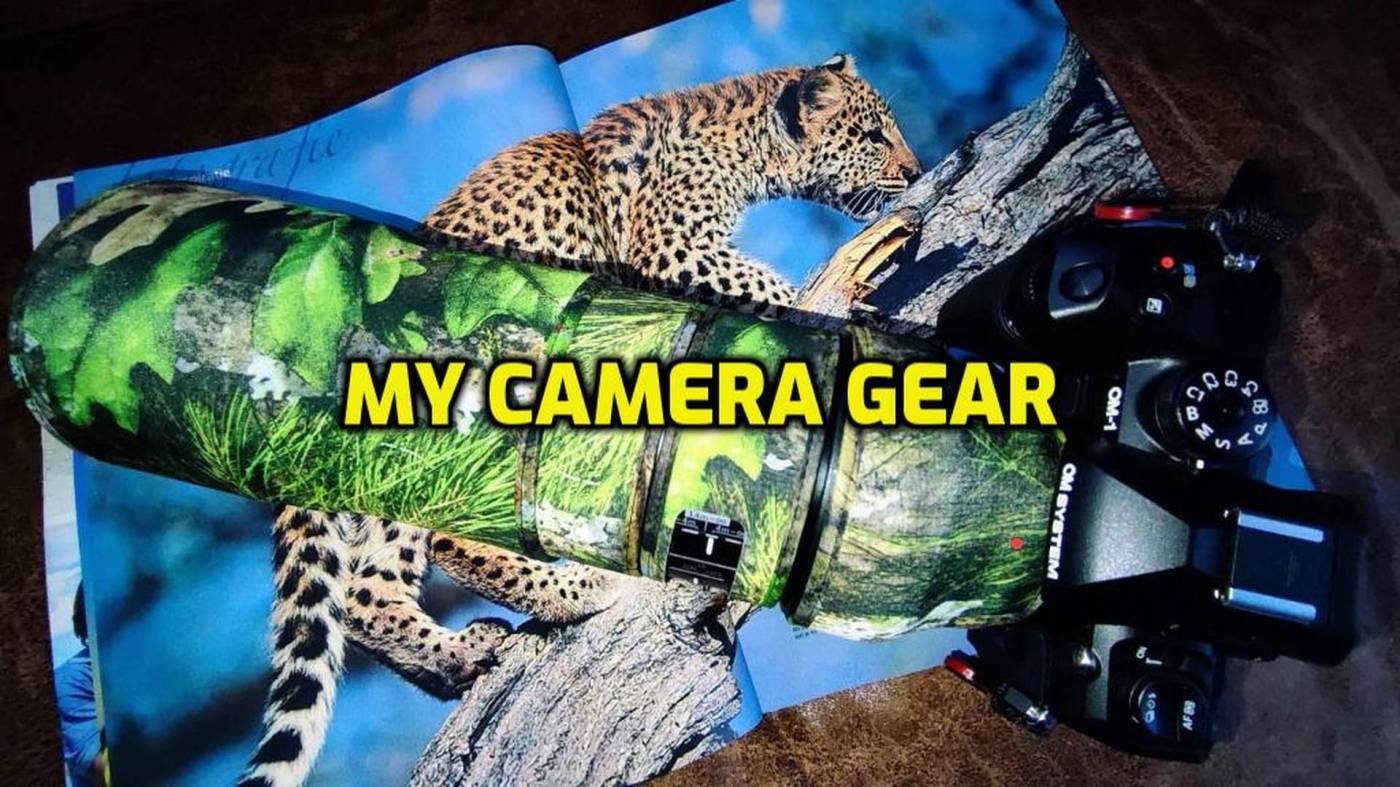

Nice ‘little’. Collection you have. I can certainly agree there isn’t a better platform for wildlife. Recently added the OM-1 mk2 body since I was concerned over not having a MFT backup body. I have looked at older Olympus bodies but the very different menu system wasn’t for me. The Canon gear in the house still outnumbers MFT by a 10-1 margin for sure. I assume though my wife will eventually join the ranks, and I will have more stuff 😆.
LikeLiked by 1 person
BTW, again thanks for the help when I was researching.
LikeLiked by 1 person
The pleasure was all mine Ted !
LikeLiked by 1 person
Great choice with the OM-1 Mark II ! I did something similar, though I didn’t have the OM-1 at the time. Maybe one day it will join my collection if I find one at a good price—you can never have too many backups !
I can see you’ve already planned everything out. Hopefully, your wife will soon realize how much easier things will get 🙂 Have a great weekend !
LikeLike
I’ve never had a body die when on a long shoot, well card slots but two slots per camera is a requirement for us 😂. A close call and without planning it might have been a week lost.
LikeLiked by 1 person
thinking of getting a tougher “serious” camera. I already have two TG-6. I got two because I was taking some measurements with stereo at the time. I also had two outdoor small tripods. So I have tentatively settled on an M5. I picked that over the M10. I haven’t bought it yet. I do macrophotos of mosses. But I am much in the field. And I am getting an Olympus flash.
i was going to ask at DPREVIEW.com but I respect the opinions of all of you more.
LikeLiked by 1 person
Hey Jan!
Thank you for reading my blog, and I’m glad to hear you value us more than DP. I noticed you already have the E-M1, which would have been my second recommendation for you.
But your own choice is spot on—either the E-M5 Mark II or Mark III would be excellent picks. I wouldn’t go for the original M5, as the Mark II is significantly better.
It really comes down to whether you’re okay with 16 or 20 megapixels, since there isn’t much difference between the two cameras—especially for someone interested in nature photography and macro shots. With the 20MP, you can crop more if needed and capture slightly finer details.
I personally have the OM1 Mark II, but I often find myself using the E-M5 Mark III more. It’s a great camera—small, easy to carry, and built like a tank.
As for flashes, I use the Godox ML-150II ring flash. Olympus also has a twin-flash setup, the STF-8, which delivers much better and more stable output, though it costs five times as much.
Feel free to let me know what you eventually decide on. Thanks again for your support, Jan, and have a great Saturday!
LikeLike
Hey Jan,
I almost forgot to mention one more important thing: the batteries for these cameras.
The original E-M5 and its successor, the E-M5 Mark II, both use the BLN-1 battery, which is also used in the old Pen F. On the other hand, the 20MP E-M5 Mark III uses the BLS-50 battery. This battery is also found in all E-M10, E-P, and E-PL cameras.
Because of this, the BLS-50 is easier to find and is offered by many third-party suppliers. As a result, you’ll have access to a wider selection of batteries for a longer time, often at a more affordable price.
I just wanted to add this as it’s worth considering.
LikeLike
That is a fantastic collection of cameras and lenses, and I know that you use them all. A great write-up, thank you for sharing.
LikeLiked by 2 people
Thanks for your comment Mark, you know it means a lot to me! Take care and have a nice weekend with your family!
LikeLiked by 1 person